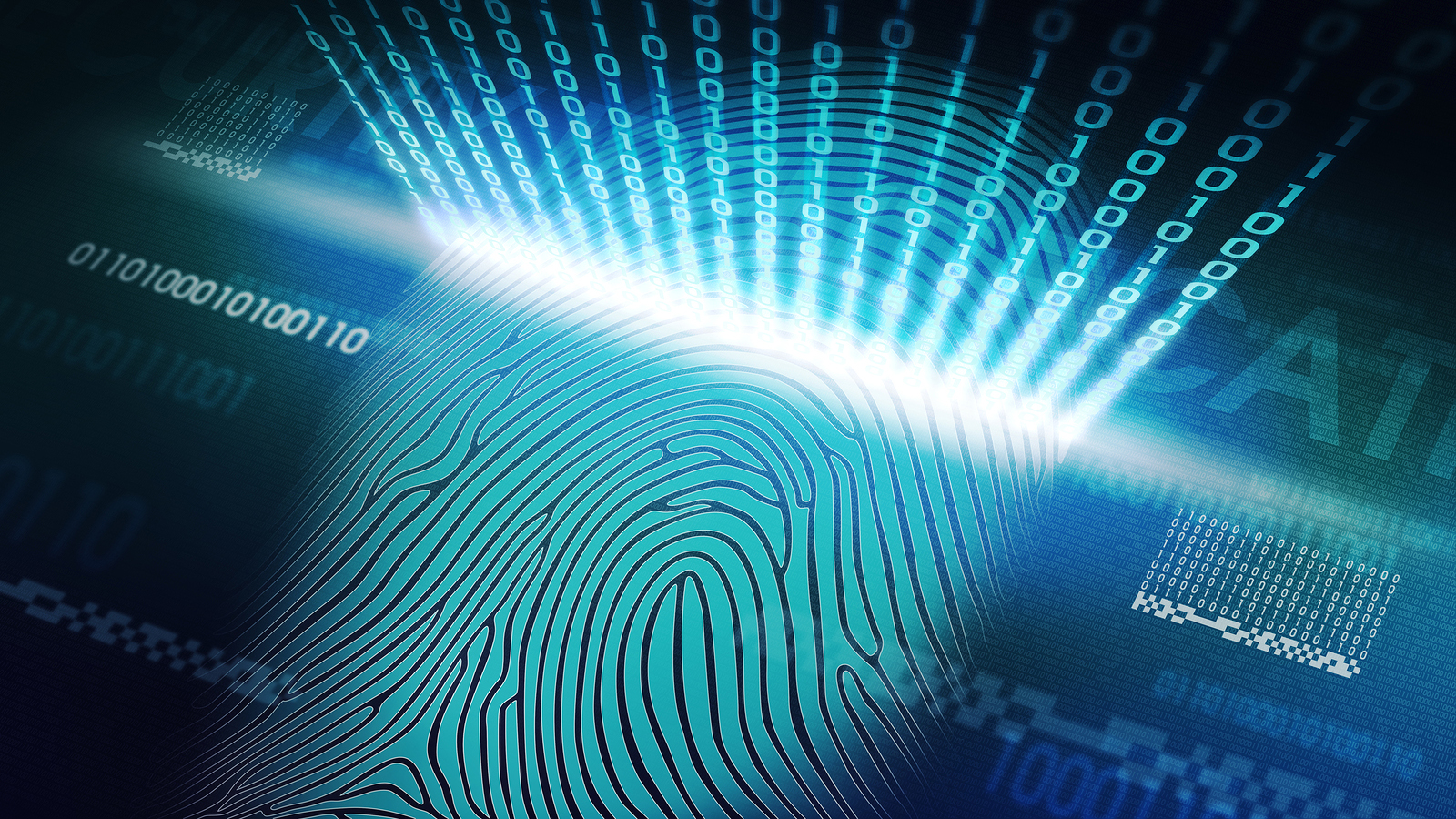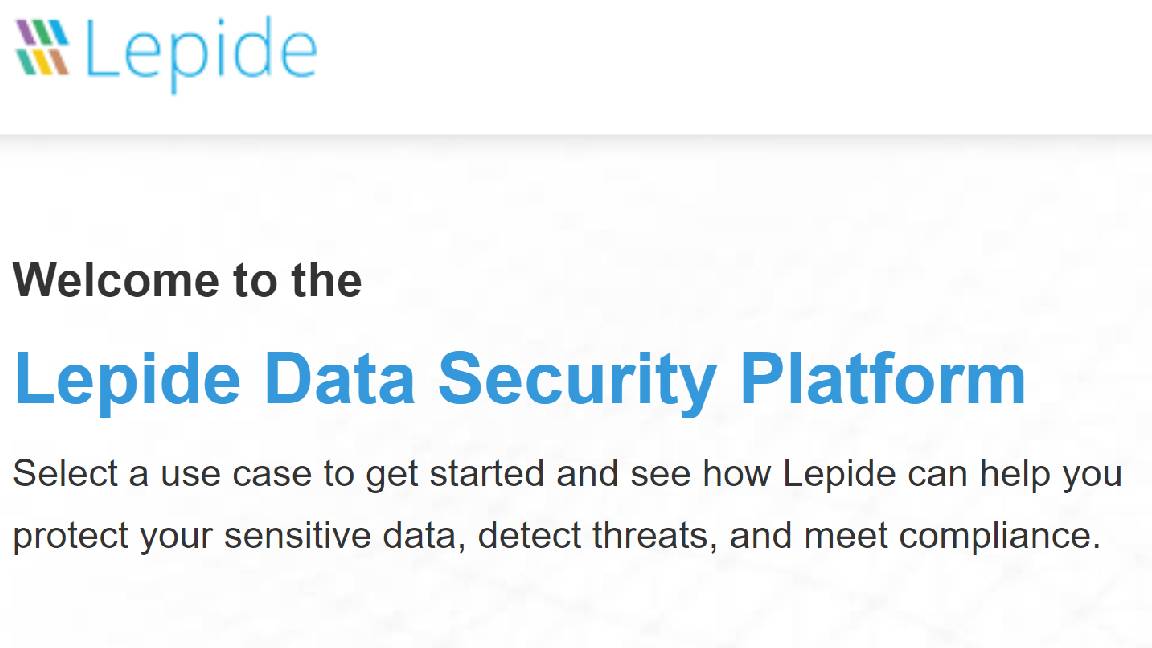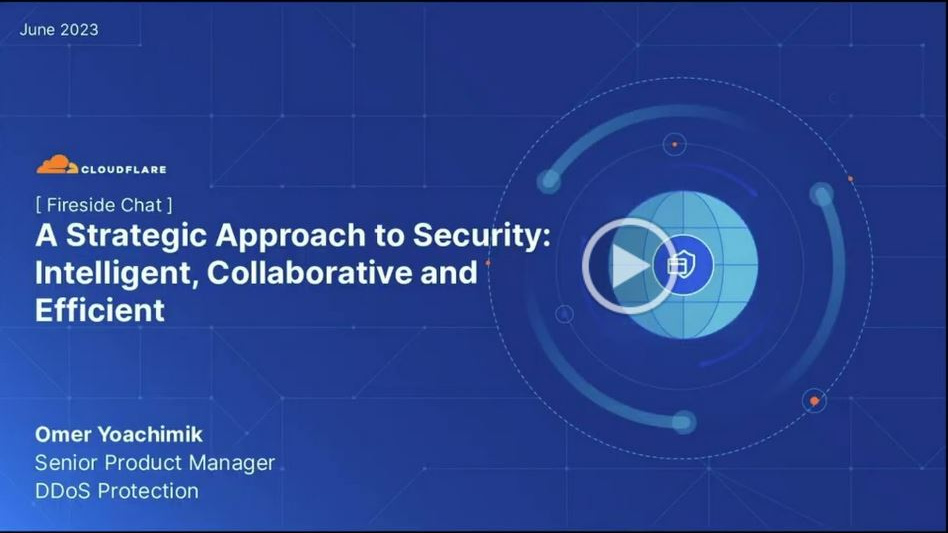Why is multi-factor authentication so important?
A password isn’t enough for modern day security – it’s time to layer up

Multi-factor authentication is a bit like having a flu jab or an annual physical you know you should do it, and you know it's good for you, but it's also a time consuming faff. Besides, you didn't catch flu last year and you feel completely healthy, so why bother?
In the same way, multi-factor authentication can seem like an unnecessary extra hurdle to jump over in order to get at the data you need, be that logging into your email or accessing a corporate database. A single-factor system, such as a unique password, has worked fine until now (or so it seems), so why bother gilding the lily?
The reality, however, is the same as with health: just because you didn't get an infection previously, doesn't mean you won't get one this year and just because everything seems ok on the outside, doesn't necessarily mean there isn't a problem lurking deep inside.
Frankly put, not using multi-factor authentication can be a seriously reckless course of action.
What is multi-factor authentication?
Before getting much further, it's worth considering what we mean by multi-factor authentication.
In short, it's where a user has to input one or more additional security details as well as their password, PIN code or similar, in order to gain access to whatever information or service is protected by these measures.
A common example of this is the sending of a one-time security code by text to a phone number associated with the account. Administrators (or, if it's a consumer product, the user) can decide with what frequency this second verification step has to be completed, whether it's for every day, every week, every month, each time a new device is used, or whichever parameters or combinations of parameters they wish.
Other examples include a number randomly generated by an external device, such as a key fob, a dedicated phone app that is used to confirm a genuine logon attempt, or a biometric scanner. The latter can be found in security systems such as Microsoft's Windows Hello, built into Windows 10, which offers a way to strengthen authentication through fingerprint and facial recognition.
None of these represents multi-factor authentication in their own right, however, but must be used in conjunction with each other and/or a password.
Why is multi-factor authentication important?
Passwords are the most common form of login authentication across the spectrum of technology. But they're also incredibly fallible.
One of the main failing points of passwords is they rely on the individual remembering them, which leads to the use of weak passwords. If the password is memorable, it's often a "dictionary password" a real word that could be found in the dictionary or a slight modification thereof, or perhaps a person's name or it's something personal to the individual such as their mother's maiden name or the town where they grew up.
If the person's account comes under attack from cyber criminals, both of these are easy to crack depending on the method being used. A targeted attack could use social media to find out details about the individual's personal life, while a phishing attack could try to lure them into handing over these details. Memorable passwords, meanwhile, can be cracked by special software within seconds. Indeed, even long and complex passwords can be cracked, meaning even best practice isn't enough any more.
This isn't to say that passwords are useless they're still the best first line of security we have for most services. But multi-factor authentication means that even if a determined and skilled attacker is able to get past this initial stage of defence, they will be thwarted by the request for a second, separate form of identification.
Rolling out multi-factor authentication
As with any new technical initiative, rolling out multi-factor authentication is both easy and hard.
From an administrative point of view, it will often be a case of simply adjusting security settings of any given software, app or service to require all users to set up multi-factor authentication.
From a practical standpoint, however, there will certainly be resistance from at least some staff and maybe even most. While there's no way to avoid this completely, we're sorry to say, it can be reduced and mitigated.
First, ensure that you have the rest of the board supporting you. Nothing will cause any initiative to fall through quicker than if you don't have the support of the highest levels of management.
Next, ensure that you have communicated what's happening to other divisional and team managers and why it's important. If possible, get them to participate in a pilot program so that they can see how it will work in practice. This will help increase buy-in at this level and also mean you can avoid tickets being raised for simple questions thanks to peer support.
Make the IT team available at the point of implementation to help guide the process and troubleshoot. Nothing will aggravate people more when they're already facing a technical difficulty than feeling they've been left high-and-dry by the people who are supposed to help them.
Finally, make it simple. If your company issues smartphones to employees, then pushing out an authenticator app to all devices may be quite simple to achieve, although there will be some additional training involved. On the other hand, if you operate on a partial or complete BYOD (Bring Your Own Device) basis, then it's almost certainly easier to have all users associate their mobile number with their account and use text message-based authentication. Simplicity such as this means less support and maintenance for the IT team and a much lower level of learning and adaptation for users.
Ultimately, there's no 100% foolproof way to protect data, but multi-factor authentication bolsters defences significantly for relatively little effort or investment. And, with careful implementation, it can be relatively pain-free too.
Find out how HP business devices can protect your workers with multi-factor authentication.
Sign up today and you will receive a free copy of our Future Focus 2025 report - the leading guidance on AI, cybersecurity and other IT challenges as per 700+ senior executives
ITPro is a global business technology website providing the latest news, analysis, and business insight for IT decision-makers. Whether it's cyber security, cloud computing, IT infrastructure, or business strategy, we aim to equip leaders with the data they need to make informed IT investments.
For regular updates delivered to your inbox and social feeds, be sure to sign up to our daily newsletter and follow on us LinkedIn and Twitter.
-
 AI coding tools are booming – and developers in this one country are by far the most frequent users
AI coding tools are booming – and developers in this one country are by far the most frequent usersNews AI coding tools are soaring in popularity worldwide, but developers in one particular country are among the most frequent users.
-
 Cisco warns of critical flaw in Unified Communications Manager – so you better patch now
Cisco warns of critical flaw in Unified Communications Manager – so you better patch nowNews While the bug doesn't appear to have been exploited in the wild, Cisco customers are advised to move fast to apply a patch
-
 Forget MFA fatigue, attackers are exploiting ‘click tolerance’ to trick users into infecting themselves with malware
Forget MFA fatigue, attackers are exploiting ‘click tolerance’ to trick users into infecting themselves with malwareNews Threat actors are exploiting users’ familiarity with verification tests to trick them into loading malware onto their systems, new research has warned.
-
 Amazon confirms employee data compromised amid 2023 MOVEit breach claims – but the hacker behind the leak says a host of other big tech names are also implicated
Amazon confirms employee data compromised amid 2023 MOVEit breach claims – but the hacker behind the leak says a host of other big tech names are also implicatedNews Millions of records stolen during the 2023 MOVEit data breach have been leaked
-
 Game-changing data security in seconds. Lepide’s real time In-browser demo
Game-changing data security in seconds. Lepide’s real time In-browser demowhitepaper Protect sensitive data and detect threats
-
 Nearly 70 software vendors sign up to CISA’s cyber resilience program
Nearly 70 software vendors sign up to CISA’s cyber resilience programNews Major software manufacturers pledge to a voluntary framework aimed at boosting cyber resilience of customers across the US
-
 Three ways to evolve your security operations
Three ways to evolve your security operationsWhitepaper Why current approaches aren’t working
-
 A strategic approach to security: Intelligent, collaborative, and efficient
A strategic approach to security: Intelligent, collaborative, and efficientwhitepaper How your security fabric can address the challenges of new tech investment
-
 Fueling security transformation
Fueling security transformationwhitepaper Why customers choose Cloudflare over Zscaler – and you should too
-
 Journey to SASE
Journey to SASEwhitepaper Modernize connectivity to drive business agility

